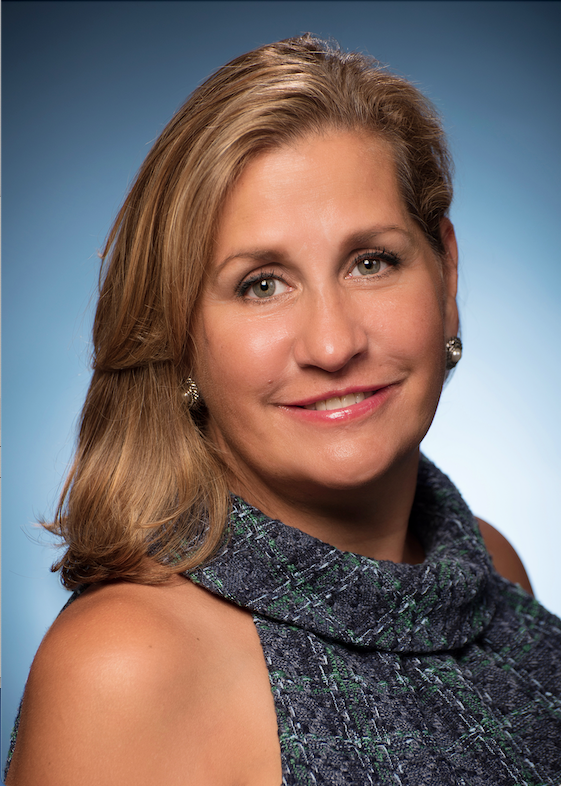Strategies for smarter wound healing in rural communities
Health care providers, patients, and caregivers face persistent challenges treating chronic and complex wounds. Delivering advanced wound care within budgetary limitations amidst staffing shortages and high turnover rates is a national burden. Additionally, providers are charged to provide economical care and provide clinical evidence to justify advanced care modalities, specifically skin substitutes. In rural communities, the challenges are amplified by significant barriers to patients attending their health care appointments.
Whether operating within a critical access hospital, federally qualified health center, rural health clinic, or a hospital-based setting reimbursed under the prospective payment system, clinical merit and financial sustainability must be demonstrated to use advanced wound care modalities.¹
Chronic wounds such as diabetic foot ulcers (DFUs), venous leg ulcers, pressure injuries, and post-surgical, non-healing wounds are especially difficult to manage in rural environments. Patients living in rural communities often face barriers to attending health care appointments that can lead to:
- prolonged time to wound closure
- increased complications rates (e.g., infection, amputation, and mortality)
- higher human and financial resource demands on strained systems
Judicious utilization of available advanced wound care solutions is crucial for patients’ outcomes and health care resource optimization and should include care that:
- facilitates wound closures
- reduces number of health care appointments needed
- lowers costly medical complications
Starting with basic standard of care
Step one: Address basic hygienic needs
In our fast-paced and low-resourced environments, too often basic human care is overlooked. How can patients bathe properly in their current state? When the dressings are removed, who washes parts of the body that have been covered with dressings, casts, boots, or other medical paraphernalia? Patients need and deserve basic hygienic care at each visit. Cleaning the areas surrounding their wound is not only benign, it also decreases the risk of the wound being colonized by bacteria.
Step two: Wound debridement
Often after adequate debridement the wound appears larger. Providers must explain that the wound includes all devitalized tissue. It is imperative to prepare the patient for the change in the wound appearance. Adequate debridement embodies removal of all devitalized tissue including the peri wound callus, which is shown to harbor multiple different organisms that can colonize wounds.
While sharp debridement remains the gold standard, tools and products to aid in debridement are rapidly evolving. While some patients are neuropathic, others will require local anesthetics to tolerate wound debridement. The type used will vary by facility/setting and the limitations of the providers’ license/scope of practice. To optimize efficiency, especially when a rapport has been established, start with a short greeting. Gather enough information ensure debridement is needed. Next, administer the analgesic and return to documentation. Once the analgesic has taken effect, move forward with the procedure.
Step three: Dressings
Choose appropriate dressings, cast, boots, offloading, wound vac, etc. Each time, verify the care of the dressings is completely understood by the patient. Provide written instructions when possible.
Step four: It’s been four weeks, what do I do now…
Assuming the patient has received adequate care, at this stage it may be appropriate to add something extra to help with healing. Educate yourself on the products you choose, such as skin substitutes, along with comprehensive care documentation. Lots of webinars are available where strategic reimbursement experts such as Kathleen Schaum provide education on current guidelines for wound care, documentation, and reimbursement.
Beyond the basics
Human placental allografts, 2,3,5 such as dehydrated human amnion/chorion membrane (DHACM), are intended for use as a barrier to provide a protective environment and support the healing cascade in acute and chronic wounds. In this era of provider-supplied evidence to support clinical decisions, DHACM is supported by high-quality randomized controlled trial (RCT) data that has demonstrated increased wound closure rates, fewer complications, and lower total costs compared with alternative treatments.
- Wound closure: At 6 weeks, 95 percent of patients with DHACM use compared with 45 percent for the bioengineered skin product and 35 percent2 for standard care closed, with overall closure achieved 51 percent faster with DHACM.
- Reduced median time to DFU wound closure: In a multicenter RCT, median time to wound closure was 13 days with DHACM versus 49 days for the bioengineered skin product or standard care (p ≤ 0.001).2
- Sustained closure: At the 9 to 12-month follow-up visit, 17 of 18 (94.4 percent) of wounds treated with DHACM remained fully healed. These findings support the effectiveness of DHACM for treatment of DFU.3
- Lower DFU wound closure cost: Average treatment cost was $9,216 with bioengineered skin product use compared to $1,669 with DHACM use2 — representing an 82 percent cost reduction.
- Reduced complication rates post-Mohs surgery: In a retrospective examination of real-world data, DHACM — compared to standard autologous reconstruction — reduced complication rates from 21.3 percent to 2.8 percent (p < .0001) and shortened average recovery time by 15 days (33.3 vs. 48.3 days).4
Why these results matter
Advanced skin substitutes offer measurable benefits supported by scientific and clinical evidence, including:
- Fewer clinic visits: More, faster, and long-lasting wound closures reduce the number of appointments, thus minimizing travel burdens for rural patients.2,3,5
- Lower overall cost of care: Although initial product investments may be higher than basic dressings, accelerated closure reduces staff time, facility utilization, and reduces the risk of high-cost complications such as infection, amputation, and death.2,3,5
- Improved patient quality of life: The benefits of quicker and sustained closures help patients maintain independence and optimize their quality of life.2,5
- Optimized resource use: Fewer procedures and follow-ups enable rural facilities to manage limited staff and resources more effectively.2,5
Using peer-reviewed evidence to support the allograft chosen is now an expected part of care documentation, an imperative element of the process of providing care. Let’s all do our part to provide complex care in rural environments.
NRHA adapted the above piece from MIMEDX, a trusted NRHA partner, for publication within the Association’s Rural Health Voices blog.
.png) | About the author: Dr. Carol Devlin is a PhD prepared nurse scientist outcomes researcher, expert health care provider with over 35 years of clinical and teaching experience. Dr. Devlin is a certified perioperative nurse and registered nurse first assistant and is very active with the Association of periOperative Registered Nurses and other professional nursing organizations. She is a frequent podium presenter and has served in leadership roles on multiple local, national, and international committees. Dr. Devlin taught all levels of nursing, medical, and other allied healthcare students. |
